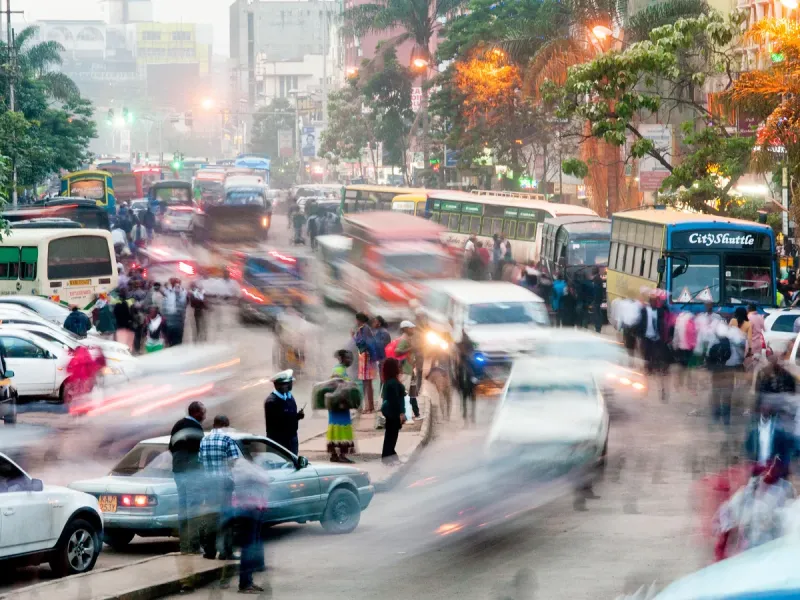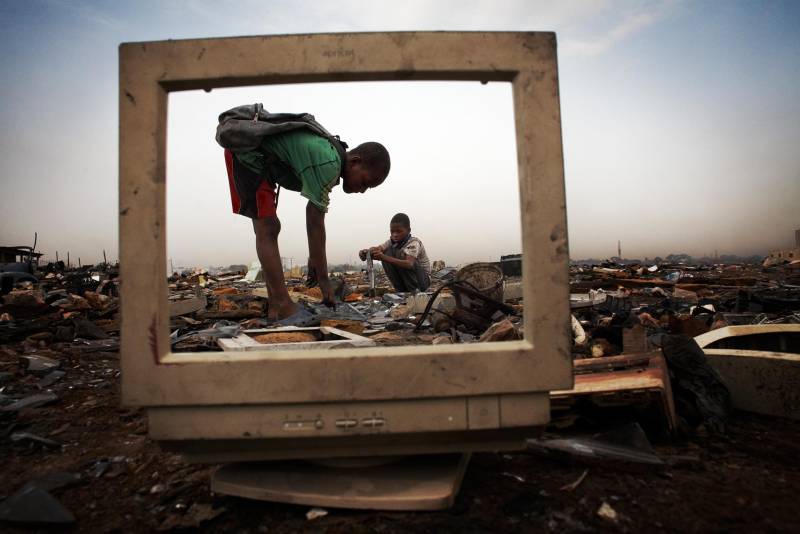On December 19, 2018, protests broke out in small cities throughout Sudan amid an economic crisis, eventually reaching the country's capital, Khartoum. These protests posed the biggest challenge to Sudan's longest-serving dictator, Omar al-Bashir, who throughout his regime did everything he could to remain in power. Bashir relied on various security sectors to protect him from being overthrown. However, his plan ultimately failed on April 11, 2019, when the country's army, the Sudanese Armed Forces, and a paramilitary force, the Rapid Support Forces, sided with the protesters and carried out a military coup, toppling Bashir. The end of Bashir's regime brought hope to the protesters, but they remained skeptical about the men who had overthrown him.

Related article - The Proof Is Out There: EVIL FIGURE "The Rake" Terrifies Eyewitness

SAF’s Abdel Fattah Burhan and RSF’s Mohamed Hamdan Dagalo (aka Hemeti) took control of the country after the coup and made repeated promises to hand over power to civilians, which would put Sudan on a democratic path. But they continuously delayed fulfilling their promises and instead turned against each other, vying for power in Sudan. The two men have brutally interrupted Sudan’s pro-democracy revolution. The fighting between the two men's forces started out in Sudan's capital, Khartoum, and spread all over the country. Recent ceasefire breakdowns have led to more bursts of violence, especially in Darfur, a region still reeling from the aftermath of a genocide at the hands of Bashir's regime. Watch the latest episode of Atlas to understand how their feud has undermined the democratic aspirations of the protesters and put Sudan at risk of a civil war.



